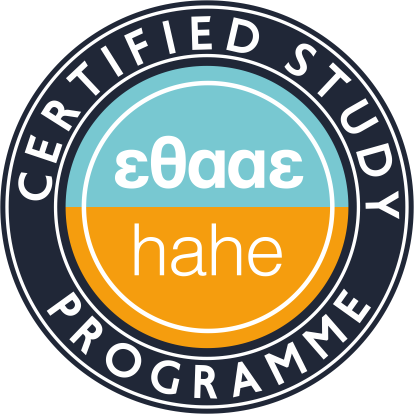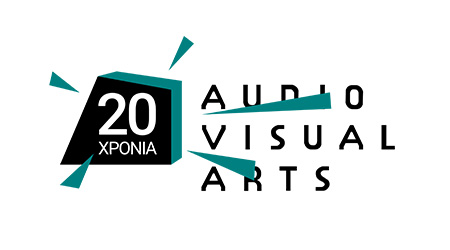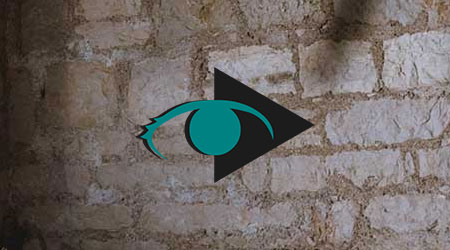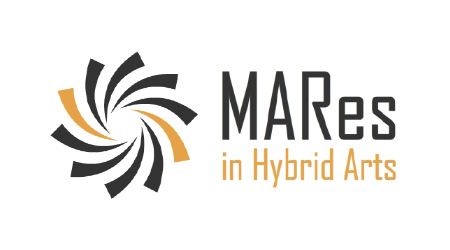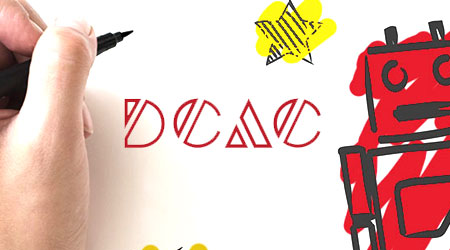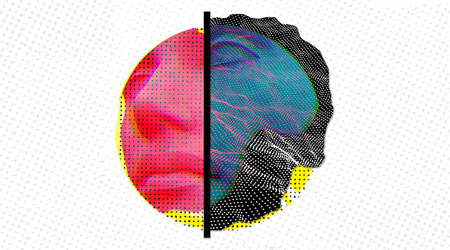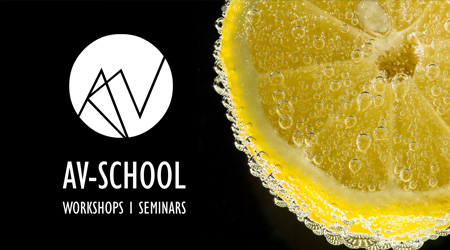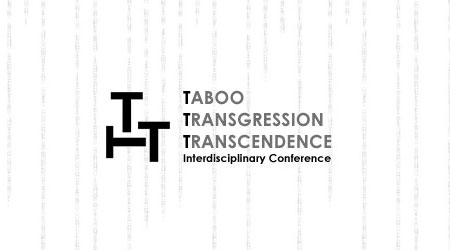Philosophy & Media Aesthetics
Teaching Staff: Argyrokastriti Marily
Course Code: THE302
Course Category: General Background
Course Type: Compulsory
Course Level: Undergraduate
Course Language: Greek
Delivery method: Lectures
Semester: 3rd
ECTS: 5
Teaching Units: 3
Teaching Hours: 3
Teaching Structure:
| Activity | Semester Workload |
|---|---|
| Lectures | 26 |
| Tutoring Lectures | 13 |
| Literature Study and Analysis | 56 |
| Practice and Preparation | 30 |
| Course Total (ECTS: 5) | 125 |
Recquired / Recommended : THE202
Prerequisite to / Recommended to: (THE602), (THE607), (THE806)
The objective of the course is the understanding of media technological advances and their potential socio-cultural consequences. Media effects on human communicational ability from the point of view of individual development, from orality to typography. The course focus on the mutual relations of mass communication (from the optical telegraph to the Internet) and their integration in the respective historic context. Thus, among other, literary and film sources belonging to the science fiction genre are cited.
Students will acquire the ability to understand mass media communication phenomena and be familiar with the basic elements of media archaeology. Upon successful completion of the course, students will be able to:
- understanding the cultural stages of orality and literacy
- using the terminology: cognitive development, language, pictography, text processing, calligraphy, manuscript, typography, digital writing, hypertext, private and public sphere
- identifying the demographic expansion of communication technology: from state-owned media to privatization and globalization
- identifying the social dimension of media: related with gender representation and effects in education
- designing hypothetical sci-fi scenarios regarding the development of media.
1st Week: Human language: nature, functions and characteristics.
2nd Week: The language of the animals. The origin of languages. Oral and written speech.
3rd Week: Language and subjectivity. The interpretation of texts. Writing and power. The representation of the world and the body in maps and in books.
4th Week: The importance of the road network: the horse, the post, the bicycle and the car.
5th Week: The right to media access: the semaphore and the electrical telegraph.
6th Week: The influence of media in social structure: the typewriter.
7th Week: Private and public sphere (part 1): phonograph, photography and film.
8th Week: Private and public sphere (part 2): the telephone and the radio.
9th Week: Electronic media and global communication: television and the internet.
10th Week: Cool and hot media: the psychological influence and the shaping of education.
11th Week: The arts and technologies of writing. Concrete poetry. Blogging. Linearity and multilinearity.
12th Week: Presentation of final assignment (part 1).
13th Week: Presentation of final assignment (part 2).
Bolter, Jay David, Writing Space: Computers, Hypertext, and the Remediation of Print, Mahwah: Lawrence Erlbaum Associates, 1990.
Kittler, Friedrich, Gramophone, Film, Typewriter, Palo Alto: Stanford University Press, 1999.
Material available on the e-class platform.
Other recommended:
Flusser, Vilém, Into the Universe of Technical Images, Minnesota: University of Minnesota Press, 2011.
Olson, David R., The world on paper: The conceptual and cognitive implications of writing and reading, Cambridge, New York and Melbourne: Cambridge University Press, 1996.
Ong, Walter J., Orality and Literacy: The technologizing of the word, London and New York: Methuen, 1982.
Lectures.
Home assignments.
Enhanced by multimedia content.
The learning process is supported by the asyncrhonous e-learning platform e-class.
Written examination paper.
Final written assignment.
Oral presentation of final written assignment.
Back
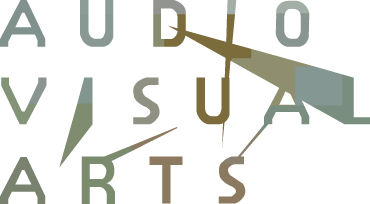


 Philosophy & Media Aesthetics
Philosophy & Media Aesthetics